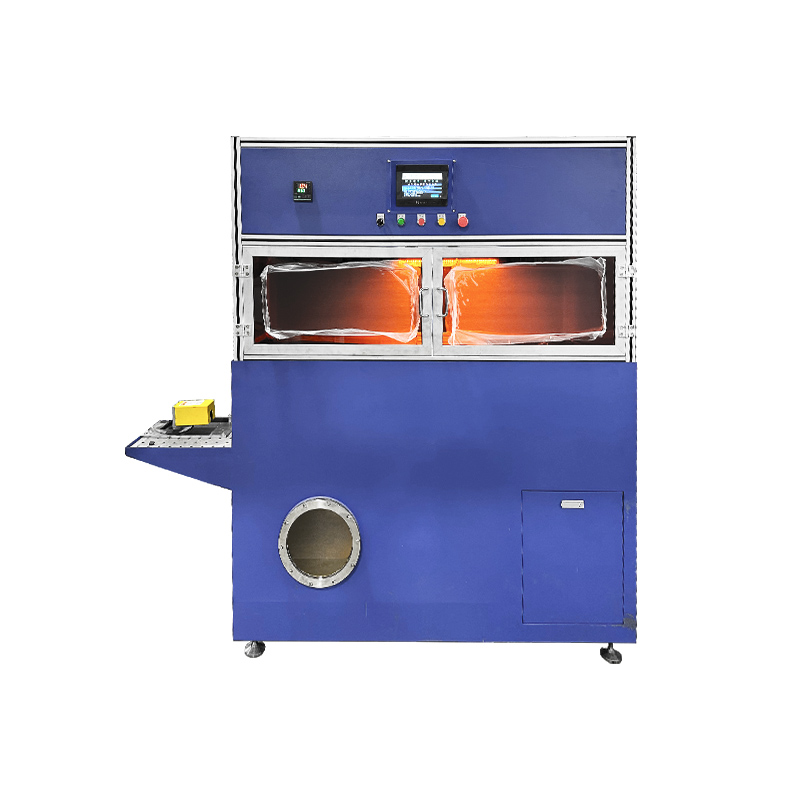Principle of eddy current testing:
Eddy current detection is the application of electromagnetic induction principle, which excites the probe coil with a sine wave current. When the probe approaches the metal surface, the alternating magnetic field around the coil generates induced current on the metal surface. For flat metal, the direction of induced current is a concentric circular coil, resembling a vortex, called an eddy current. At the same time, eddy currents also generate a magnetic field of the same frequency, which is opposite to the direction of the coil magnetic field. The loss resistance of the eddy current channel, as well as the anti magnetic flux generated by the eddy current, are reflected back to the probe coil, changing the current magnitude and phase of the coil, that is, changing the impedance of the coil. Therefore, when the probe moves on the metal surface and encounters defects or changes in material, size, etc., the reaction of the eddy current magnetic field on the coil is different, causing changes in the coil impedance. By measuring this change with an eddy current detection instrument, the presence of defects or other physical and material changes on the metal surface can be identified. There are many factors that affect the eddy current field, such as the degree of coupling between the probe coil and the tested material, the shape and size of the material, conductivity, permeability, and defects. Therefore, the principle of eddy current can be used to solve problems such as metal material inspection, thickness measurement, and sorting
Technical parameters:
Sensitivity of flaw detection: cracks and defects that extend from the surface of the workpiece to the inside of the metal with a depth of ≥ 0.05 mm and a length of ≥ 2 mm; For cracks inside the metal that have not yet extended to the surface of the workpiece, cracks with a depth of ≥ 0.20mm and a length of ≥ 1mm can be detected when the metal thickness between the upper edge of the crack and the surface of the workpiece is ≤ 0.2 mm.
① Defects: including the depth, length, and total width of the defect, the location of the defect (inner surface, outer surface), and the type of defect (hole, groove) quoted by the ultrasonic flaw detector.
② Material: The harm of copper and alloy copper pipes to eddy current testing is mainly reflected in the conductivity level. In materials with the same aluminum alloy composition, shrinkage porosity, residual ground stress, etc. can cause differences in conductivity.
③ Specification and filling index of the tube: The size of the tube that immediately endangers the filling rate after transformation.
④ Wall thickness: The noise signal caused by the change in copper wall thickness.
Eddy current testing is an alternating change in the electromagnetic field caused by an AC circuit, which affects the conductivity of the raw material to be tested and induces eddy currents. If there are defects in the raw materials, ultrasonic non-destructive testing will affect the resulting eddy currents, resulting in interference signals. By using an eddy current flaw detector to detect its interference signal, the condition of the defect can be understood.
There are many factors that can harm eddy current testing, that is, the rich and colorful signals carried in eddy current are related to many elements of raw materials. How to extract effective signals from these signals one by one is a difficult point for current eddy current scientific research workers. Over the years, some progress has been made, and some difficulties can be solved under certain standards. However, on-site regulations cannot be considered, and eddy current testing needs to be vigorously promoted. |


